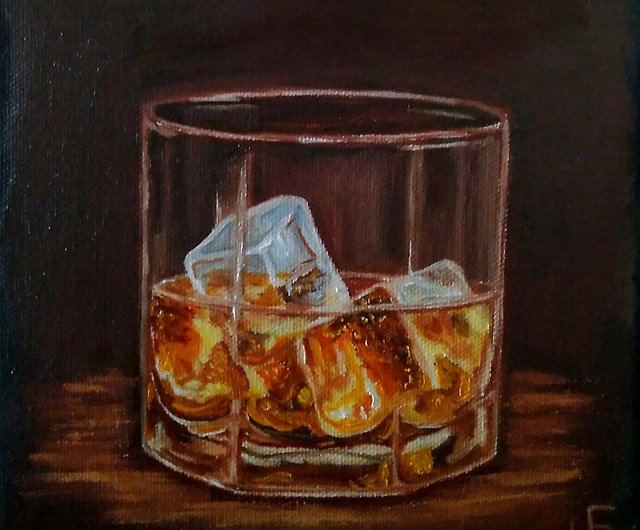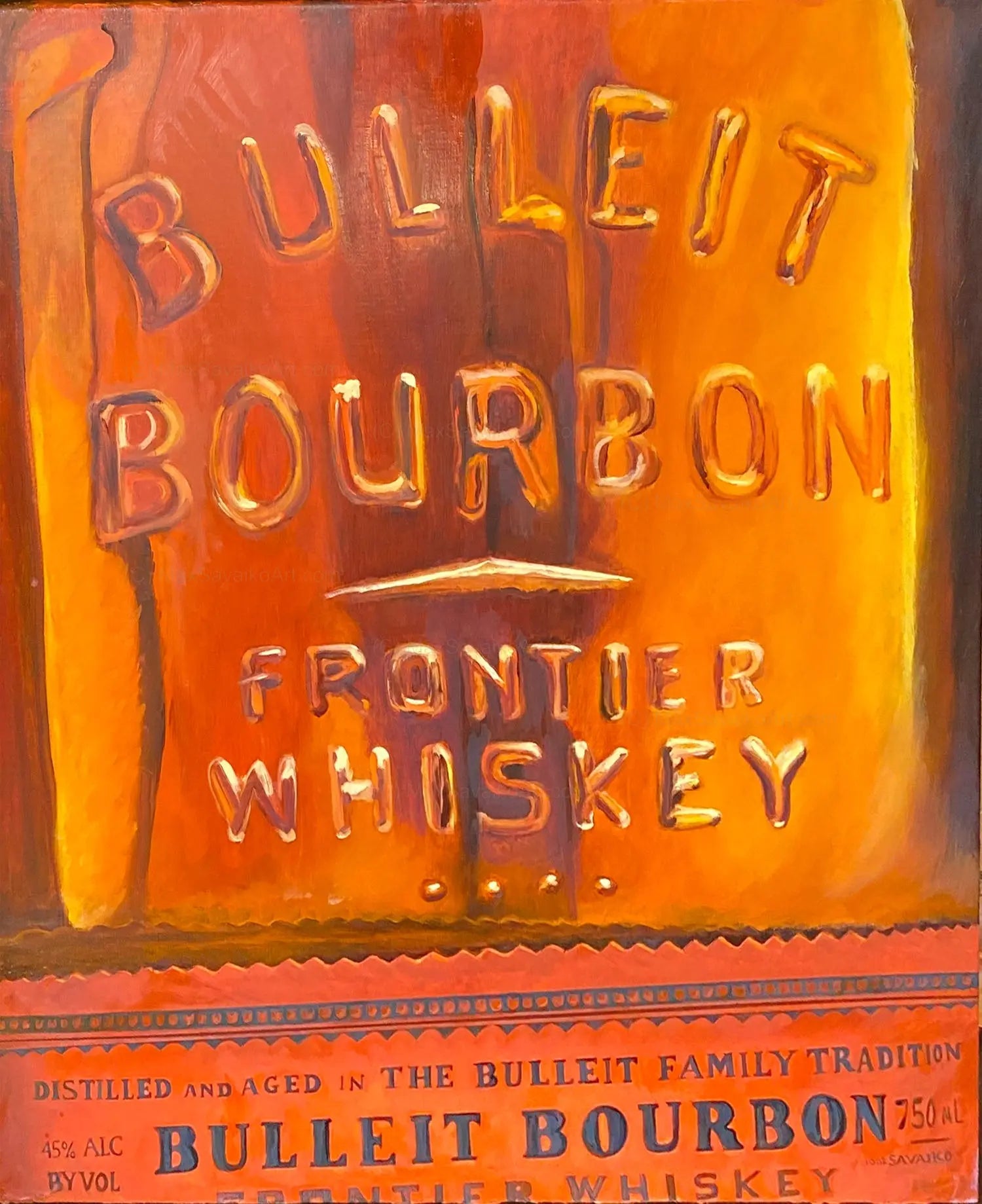Limited Edition: Discover Exclusive Bourbon Art Parts for Collectors
Limited Edition: Discover Exclusive Bourbon Art Parts for Collectors
Blog Article
The Significance of Whiskey Art in Celebrating Heritage and Craftsmanship in the Beverage Sector
The detailed connection in between scotch art and the celebration of heritage and workmanship within the beverage sector can not be overemphasized. Via thoughtfully designed labels and bottles, bourbon brand names encapsulate their historical roots and the artisanal abilities that define their manufacturing methods.
The Historic Origins of Whiskey
At the heart of scotch's attraction lies a rich tapestry of historical origins that trace back to old human beings. The beginnings of whiskey can be linked to the purification methods of the Sumerians and Babylonians around 2000 BCE, where early forms of fermented grain beverages began to emerge. However, it was in the Middle Ages that the art of purification developed considerably, particularly in Ireland and Scotland, leading to the production of scotch as we understand it today.
The term "bourbon" itself stems from the Gaelic word "uisce beatha," indicating "water of life." This phrase highlights the social value of whiskey in Celtic cultures, where it was usually connected with routines, parties, and common bonding. By the 15th century, purification came to be a recognized craft within monastic areas, leading the way for the establishment of legal distilleries.
As profession paths broadened, whiskey's popularity grew, going beyond regional limits and catching the interest of lovers worldwide. Realism Art. This historic trip mirrors not only the workmanship behind whiskey production however additionally its integral function in cultural and social contexts, noting it as a substantial beverage throughout background
Artistic Expression in Branding
Bourbon branding stands as an engaging junction of creativity and business, where aesthetic identity plays an important function fit customer understanding. The aesthetics of scotch tags, product packaging, and advertising and marketing products mirror not just the brand name's tale yet likewise its core worths and heritage. With creative expression, distilleries share a narrative that resonates with customers, evoking emotions and triggering links.
Making use of shade, typography, and imagery in branding serves to separate items in a saturated market. Conventional motifs might stimulate a sense of credibility and workmanship, while contemporary designs can signify advancement and forward-thinking. This critical imaginative direction improves brand name acknowledgment and loyalty, allowing consumers to forge an individual partnership with the whiskey they choose.
Additionally, artistic expression in branding typically functions as a party of regional heritage. Distilleries often integrate local signs or historic recommendations right into their styles, creating a local color that invites customers to take part in a broader social experience. Eventually, the virtuosity behind bourbon branding not just improves visual charm but also enhances the overall narrative of the brand, cultivating a deeper appreciation for the workmanship and heritage embedded in each bottle.
Workmanship in Bottle Style
The artistry evident in whiskey branding prolongs past aesthetic identity to include the craftsmanship associated with container layout. Each container functions as a vessel not just for the spirit within, yet likewise for the story it outlines its custom, quality, and beginning. The style procedure requires careful interest to information, as elements such as closure, form, and product add dramatically to the total assumption of the scotch.
Workmanship in bottle style includes choosing top quality glass that can improve the bourbon's shade and quality, while additionally supplying a tactile experience for the customer. The silhouette of the bottle have to be both cosmetically enticing and practical, often reflecting the heritage of the brand name. navigate to this site Several distilleries go with special shapes or printed logo designs that evoke a sense of authenticity and history.
Additionally, the label layout and typography play an important duty in connecting the brand's narrative. Bourbon Art. A well-crafted bottle not only captivates the customer's eye but likewise reinforces the brand's commitment to top quality and practice. By doing this, the workmanship of bottle layout becomes an important element of the whiskey experience, combining creativity with an extensive regard for heritage
Cultural Importance of Whiskey Art
Celebrating practice and craftsmanship, the social significance of bourbon art goes beyond plain aesthetic appeals, linking with the historic and social narratives of the areas where it comes from. Each bottle functions as a canvas, depicting the distinct tales, folklore, and traditions that have actually shaped regional whiskey-making practices. The elaborate layouts commonly reflect the heritage of the distillers, including symbols and themes that resonate with the culture and worths of their communities.

On top of that, whiskey art plays a vital duty in communal celebrations and parties, offering as a substantial web link in between people and their shared experiences. important link By valuing the artistry in bourbon product packaging, customers grow a much deeper understanding and respect for the craft, eventually enhancing their satisfaction of the drink itself.
Modern Trends in Scotch Discussion
Over the last few years, the discussion of whiskey has actually developed to show modern tastes and patterns while still honoring traditional craftsmanship - Bourbon Art. Distilleries are progressively concentrating on visual elements that enhance the general alcohol consumption experience, connecting the space in between heritage and modernity
Ingenious bottle layouts have emerged, typically integrating lasting materials and artistic tags that inform compelling stories. Lots of brand names now team up with regional artists, infusing their products with distinct visual expressions that resonate with consumers. Additionally, limited-edition releases are typically packaged in collectible containers, including value and allure for connoisseurs.

Verdict
Finally, bourbon art works as an essential conduit for sharing the heritage and workmanship integral in the drink sector. Through intricate branding, ingenious container styles, and culturally substantial imaginative elements, whiskey brands properly recognize their customs and get in touch with consumers. This artistic story not just raises the appreciation of bourbon but also enhances community identification and pride amongst producers. Eventually, whiskey art plays a vital duty in preserving and commemorating the abundant social tapestry of whiskey-making.


Craftsmanship in bottle style includes selecting top quality glass that can boost the bourbon's shade and quality, while likewise providing a tactile experience for the customer. In this means, the craftsmanship of bottle layout becomes try this an important facet of the bourbon experience, combining artistry with an extensive respect for heritage.
In final thought, bourbon art serves as a vital conduit for revealing the heritage and workmanship fundamental in the drink industry.
Report this page